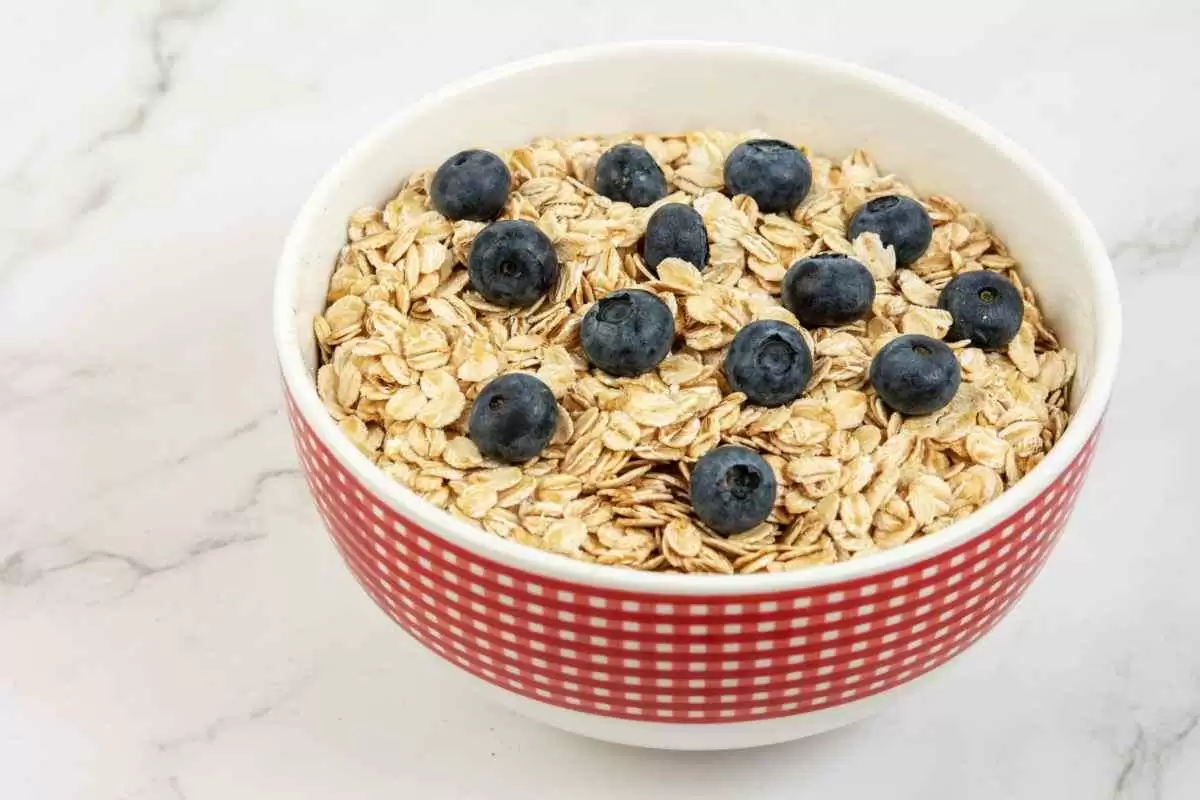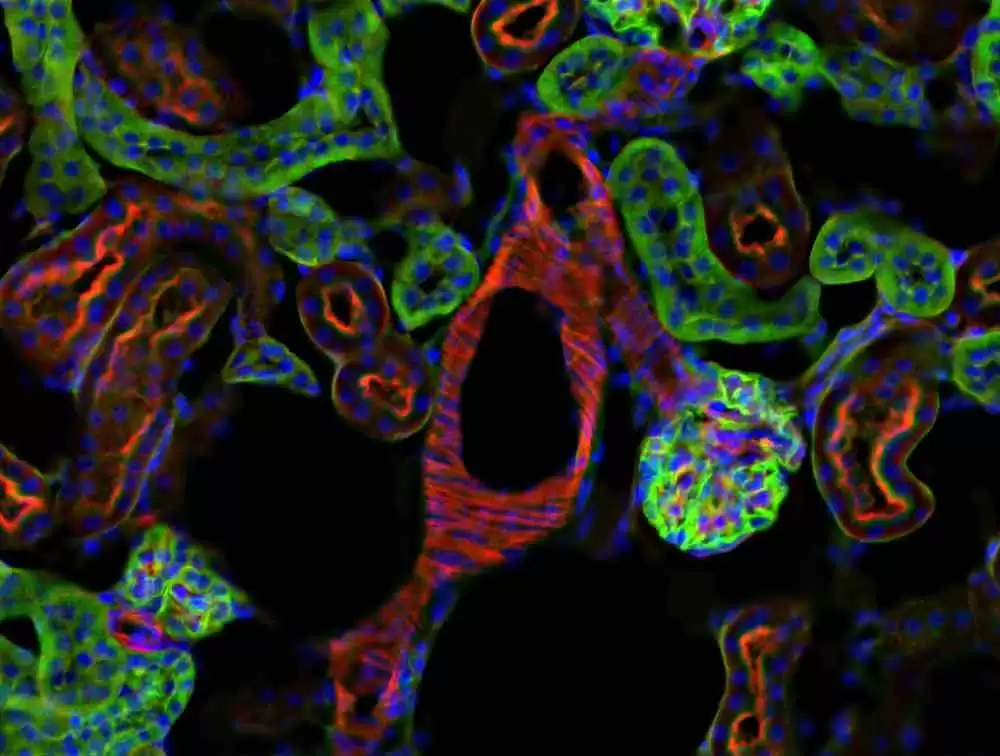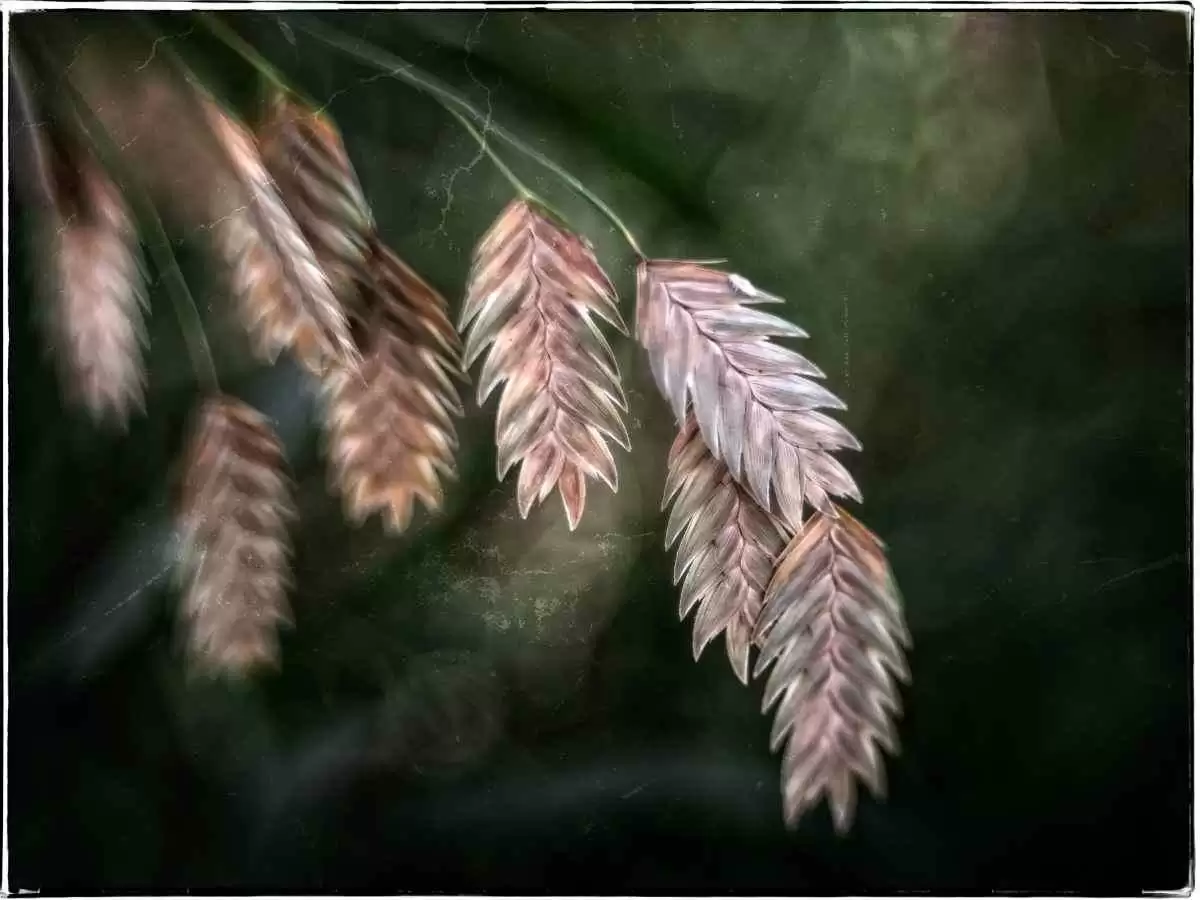
Celiac.com 07/11/2022 - With a low carbon footprint, numerous health and nutritional benefits, oat has attracted attention for its potential to replace animal-based food products. However, efforts to untangle its complex evolutionary history and functional gene dynamics have been slowed by the absence of a fully annotated reference genome.
Cultivated oats (Avena sativa L.) are among the oldest domesticated crops, after wheat, emmer and barley. Thought to have been domesticated more than 3,000 years ago in in Anatolia, in modern day Turkey, after oat plants were discovered growing as weeds in wheat, emmer and barley fields. Avena sativa L. is an allohexaploid, that maps out as AACCDD, 2n = 6x = 42. A team of researchers recently developed a high-quality reference genome of A. sativa and close relatives of its diploid (Avena longiglumis, AA, 2n = 14) and tetraploid (Avena insularis, CCDD, 2n = 4x = 28) progenitors.
Celiac.com Sponsor (A12):
The research team included Nadia Kamal, Nikos Tsardakas Renhuldt, Johan Bentzer, Heidrun Gundlach, Georg Haberer, Angéla Juhász, Thomas Lux, Utpal Bose, Jason A. Tye-Din, Daniel Lang, Nico van Gessel, Ralf Reski, Yong-Bi Fu, Peter Spégel, Alf Ceplitis, Axel Himmelbach, Amanda J. Waters, Wubishet A. Bekele, Michelle L. Colgrave, Mats Hansson, Nils Stein, Klaus F. X. Mayer, Eric N. Jellen, Peter J. Maughan, Nicholas A. Tinker, Martin Mascher, Olof Olsson, Manuel Spannagl, and Nick Sirijovski.
Their team recently revealed the mosaic structure of the oat genome, trace large-scale genomic reorganizations in the polyploidization history of oat and illustrated a breeding barrier connected to the genome structure of oat.
Their new paper offers detailed analyses of gene families tied to human health and nutrition, and adds to the body of evidence that supporting non-wheat contaminated oats as safe for celiacs on gluten-free diets.
Very importantly, the team's mapping-by-sequencing of an agronomic trait related to water-use efficiency creates a roadmap for potentially creating strains of more water efficient oats and other cereals.
In addition to improving knowledge of basic oat biology, and helping researchers better explore cereal genomes, the team's mapping resource for the Avena genus of oats will speed up genomics-assisted breeding and reanalysis of quantitative trait studies.
Read more in Nature volume 606, pages113–119 (2022)
The research team is variously affiliated with the Plant Genome and Systems Biology, German Research Center for Environmental Health, Helmholtz Zentrum München, Neuherberg, Germany; ScanOats Industrial Research Centre, Department of Chemistry, Division of Pure and Applied Biochemistry, Lund University, Lund, Sweden; the Molecular Cell Biology, Department of Biology, Lund University, Lund, Sweden; the Australian Research Council Centre of Excellence for Innovations in Peptide and Protein Science, School of Science, Edith Cowan University, Joondalup, Western Australia, Australia; the Agriculture and Food, Commonwealth Scientific and Industrial Research Organisation, St Lucia, Queensland, Australia; the Department of Gastroenterology, Royal Melbourne Hospital, Parkville, Victoria, Australia; the Department of Microbial Genomics and Bioforensics, Bundeswehr Institute of Microbiology, Munich, Germany; the School of Life Sciences Weihenstephan, Technical University of Munich, Freising, Germany; the Plant Biotechnology, Faculty of Biology, University of Freiburg, Freiburg, Germany; the Plant Gene Resources of Canada, Agriculture and Agri-Food Canada, Saskatoon, Saskatchewan, Canada; the Department of Chemistry, Centre for Analysis and Synthesis, Lund University, Lund, Sweden; the Plant Breeding, Lantmännen, Svalöv, Sweden; the Leibniz Institute of Plant Genetics and Crop Plant Research (IPK), Seeland, Germany; the Research and Development Division of PepsiCo in St Paul, MN, USA; the Ottawa Research and Development Centre, Agriculture and Agri-Food Canada, Ottawa, Ontario, Canada; the Department of Plant and Wildlife Sciences, Brigham Young University, Provo, UT, USA; the Department of Plant and Wildlife Sciences, Brigham Young University, Provo, UT, USA; the German Centre for Integrative Biodiversity Research (iDiv), Halle-Jena-Leipzig, Leipzig, Germany; the CropTailor AB, Department of Chemistry, Division of Pure and Applied Biochemistry, Lund University, Lund, Sweden.


.webp.51e03bcf7946741107fc361e03fd8001.webp)







Recommended Comments
Create an account or sign in to comment
You need to be a member in order to leave a comment
Create an account
Sign up for a new account in our community. It's easy!
Register a new accountSign in
Already have an account? Sign in here.
Sign In Now